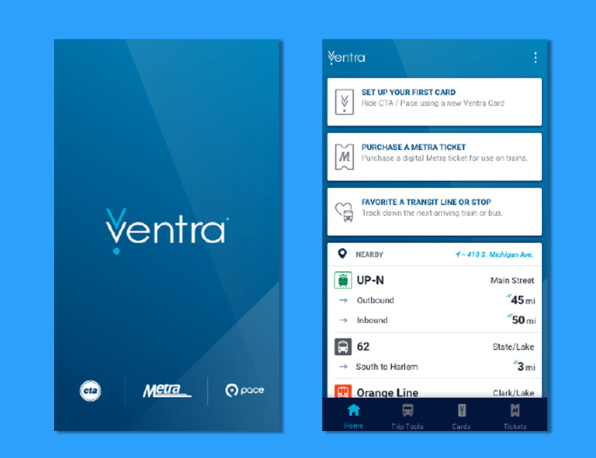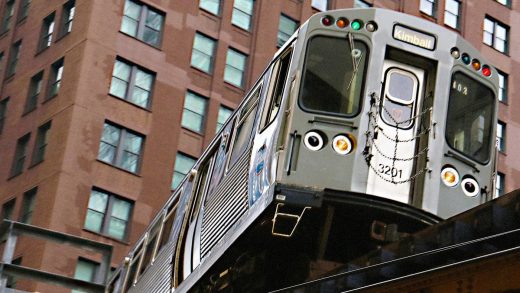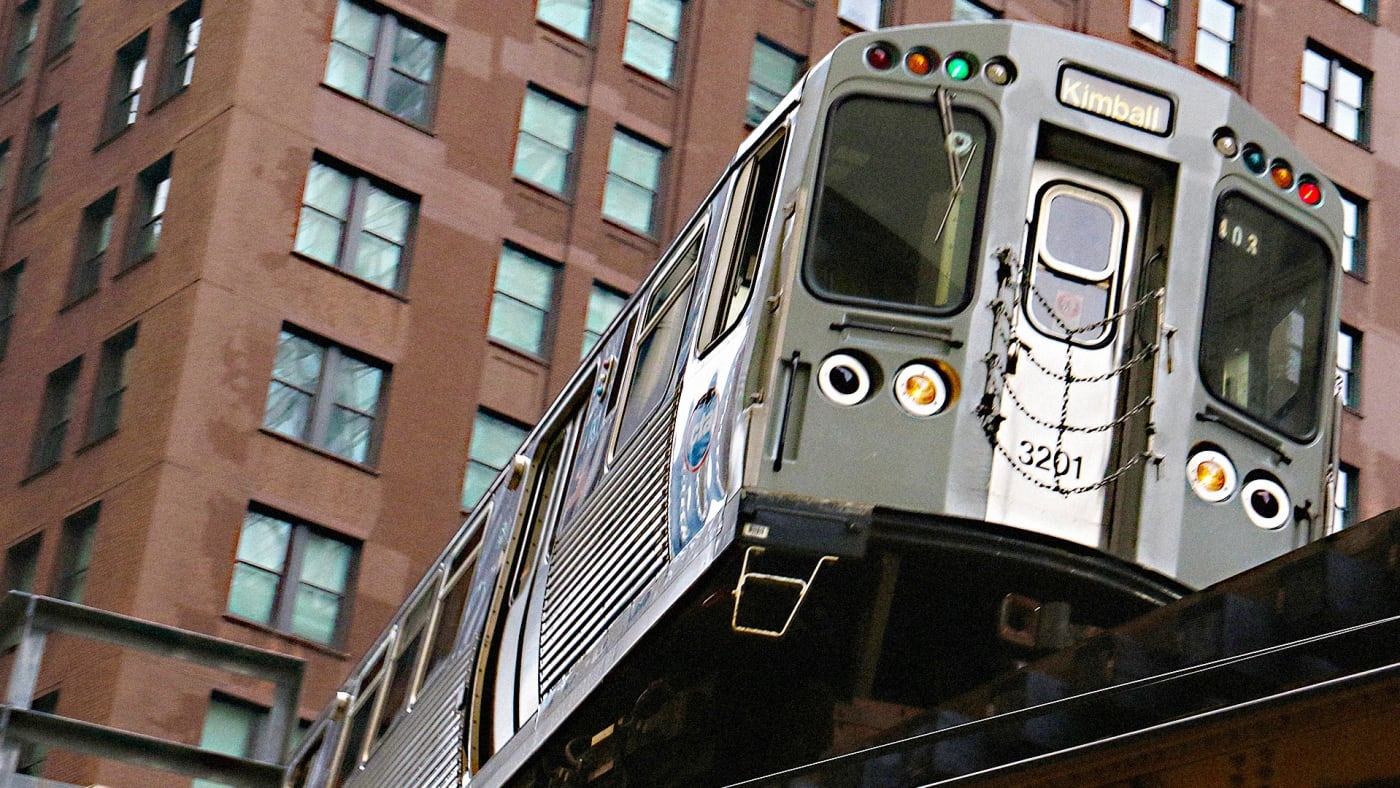Coming soon to cities: one transit app to rule them all
If someone living in Logan Square, the hip Chicago neighborhood in the northwest side of the city, wants to head out to the suburb of Naperville one day to pay a visit to her family without taking a car, she has a multi-step journey ahead of her. She could get on the Chicago L’s Blue Line, which would deposit her downtown, where she could either walk 15 minutes or catch a bus to Union Station. Or, if she felt like it, she could hop on Divvy, the city’s bike share system and ride all the way to the station. Still, she’d have to buy a separate ticket for the commuter rail line out to the suburbs.
It’s far from an impossible trip, but juggling multiple transit services requires paying for multiple passes and having a working understanding of the timing of everything: If this passenger wanted to time her L trip and bus transfer to put her at Union Station right when her train out to Naperville was getting ready to depart, she’d have to know exactly when to leave home in order to make that happen.
Cubic Transportation Systems, a company that’s working with the Chicago Transit Authority, as well as Transport for London and the Metropolitan Transit Authority of New York, has developed an app that would essentially do all that for her.

On this new app, which will roll out in Chicago–as well as Boston, Los Angeles, and New York City–in the coming months, a user can access a mobile version of every local transit operator’s ticketing service. In Chicago, that might be Ventra–which works with the L and the city’s bus network–alongside Metra, the commuter rail operator. In New York, passengers could access digitized Metrocards, which pay for the subways and buses, as well as mobile commuter rail tickets, and Boston’s would work similarly. In Los Angeles, the city’s 26 different services are all supported.
Below the different mobile passes, a passenger could enter their location and see a snapshot of all the available transit options near to them. A down-to-the-second tracker will let her know when the next bus or subway will arrive at the nearest station, and Cubic is also integrating with local bikeshare systems to map nearby docking stations and how many bikes are available (soon, people will also be able to pay for bikeshare on the app).
App users can also add favorites, if they tend to use certain lines or transit systems more than others, says Robert Sprogis, Cubic’s global director of product for mobile.
The app, called Cubic Mobile for Travelers, encapsulates a lot of the energy around streamlining and re-prioritizing public or car-free transportation for users. Uber, for instance, recently announced that it will be displaying public-transit data on its app as well as integrating with some bikeshare options, and other apps, like Transit, which displays public-transportation departure times, also is beginning to incorporate bikeshare. However, Cubic takes it a step further by incorporating mobile payments and ticketing–often a sticking point in multi-modal journey planning.
For local bus and subway systems, which often use swipe cards and turnstiles to collect payments, the Cubic app acts as something as a mobile ticketing kiosk. Users can either save their credit card info on the app or connect with existing mobile payment options like Apple Pay to purchase one-time transit passes or top up their multi-use passes. “If you drop down below a certain value on your card, you have the option to set up automatic payments to refill it,” Sprogis says.
How commuter rail tickets are managed on the app is slightly different. Often, rail services require that passengers purchase and display a visual ticket that conductors then check for on board. For that, app users can purchase a ticket in the app, which pops up as a full-screen image, whose background slowly and subtly shifts color. “The whole purpose of that is to eliminate fraud–it proves I haven’t just taken a screen grab of another ticket or photoshopped one,” Sprogis says.
The Chicago Ventra app, which Cubic also developed and launched in 2015 as something of a pilot for this new app, essentially does all of this already, and according to Mike Gwinn, CTA’s director of revenue and fare systems, has been very popular, but it will be replaced with the new Cubic platform in the coming months to offer more capabilities.
While Chicago has been an important testing ground for the technology, “this app is designed to have global capabilities,” Sprogis says. While it will look different in each region that incorporates it–the local transit authorities all give input on the specific designs of the app–it will essentially have the same function wherever it is deployed. That does not mean, however, that if you live in Los Angeles and travel to Chicago, you can use the same app for both cities–for now, Sprogis says, each city will have a unique apps that all must be downloaded separately
Because the app aggregates and streamlines payments for all transit taken along a single journey, there are obvious implications for fare adjustments according to income or other indicators. But Sprogis emphasizes that the respective transit authorities that Cubic is partnering with are the ones who ultimately decide if they will use the system to implement fare-capping or other equity measures.
Matt Cole, VP of Cubic Transportation Systems, is hopeful that they will, and he also has another overarching hope for the rollout of this new app: That it begins to shift urban dwellers away from private car dependency and back onto transit systems. “There’s just not enough space for everyone to travel in low-occupancy vehicles,” he says. By designing an app that takes the scramble of organizing different payment methods and the gamble of guessing bus and train arrival times out of the equation, he hopes that soon transit will feel as seamless as hopping in a car.
Fast Company , Read Full Story
(30)



